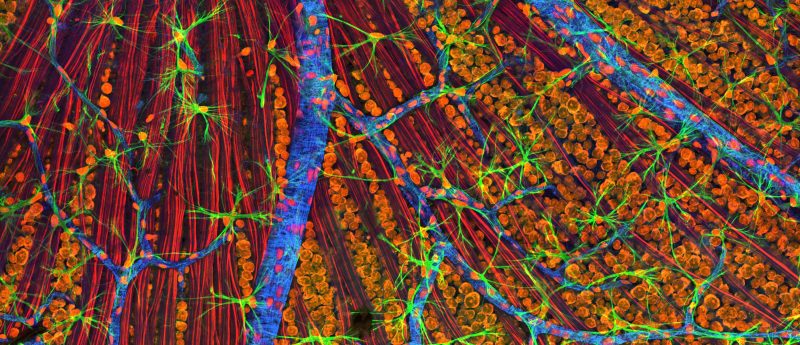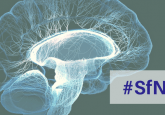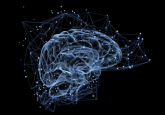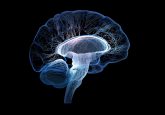Brain-on-a chip demonstrates the importance of extracellular matrix in distinguishing brain regions

Researchers from Harvard University (MA, USA) have developed a multiregional brain-on-a-chip that models the connectivity between three separate regions of the brain: the amygdala, hippocampus and prefrontal cortex. These are the regions of the brain found to be significantly affected by schizophrenia. The in vitro model not only recreates these connections, but can also characterize the differences between the neurons found in these three areas. The findings have been published in the Journal of Neurophysiology. Ben Maoz (Harvard University), co-first author of the study, explained why the group developed this brain-on-a-chip: “The brain is so much more than individual neurons....





